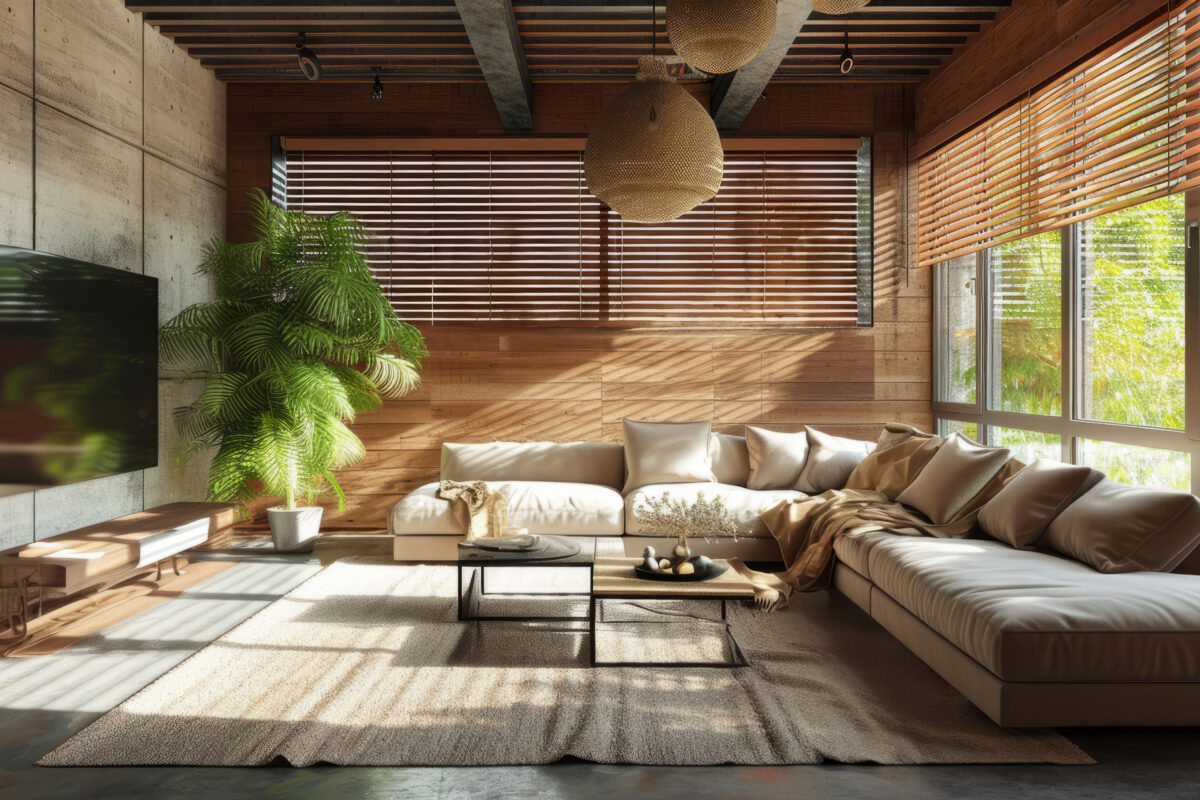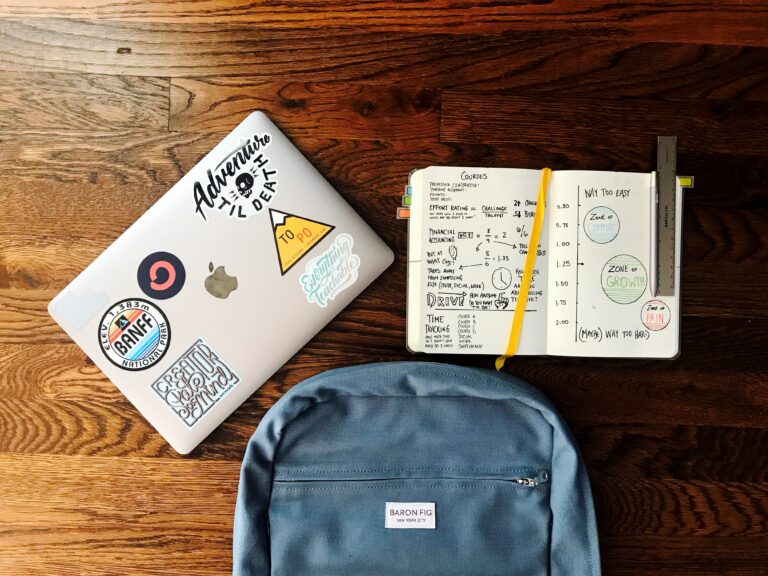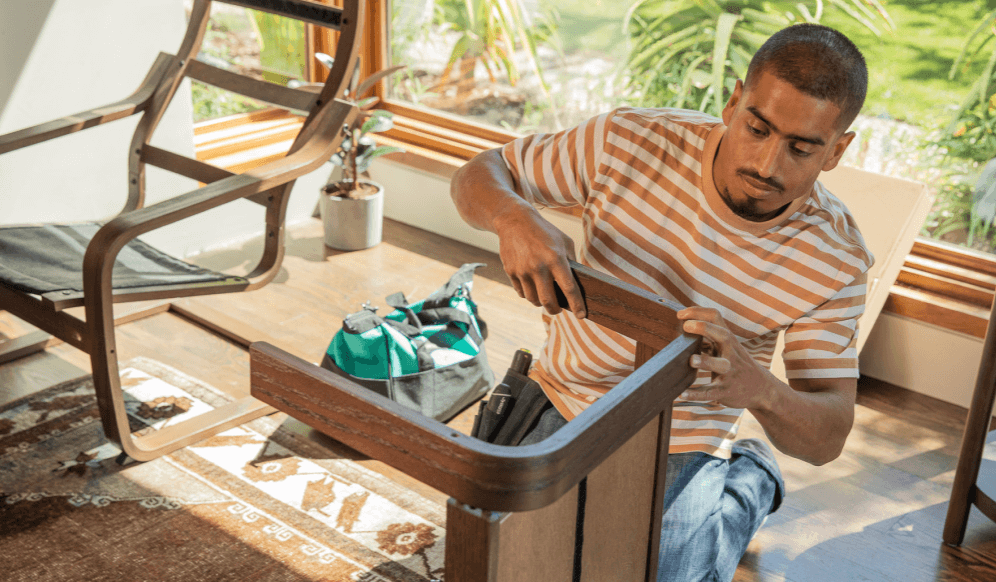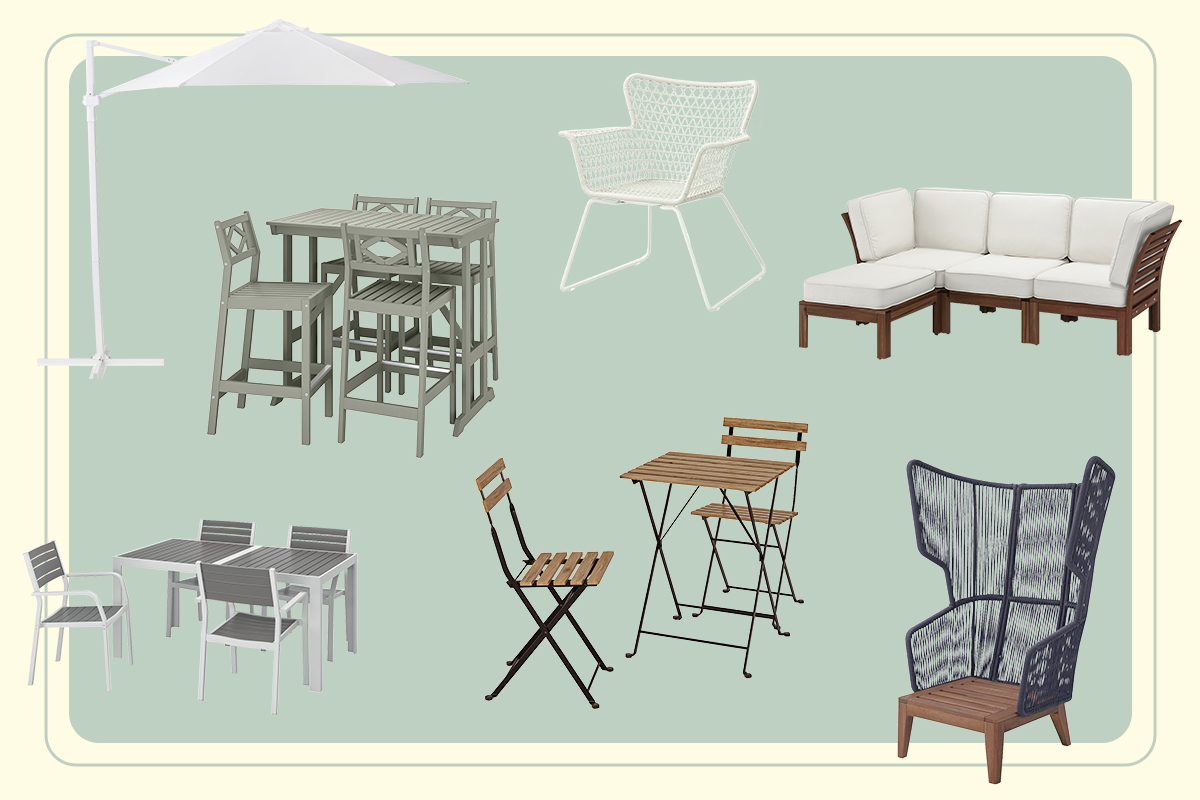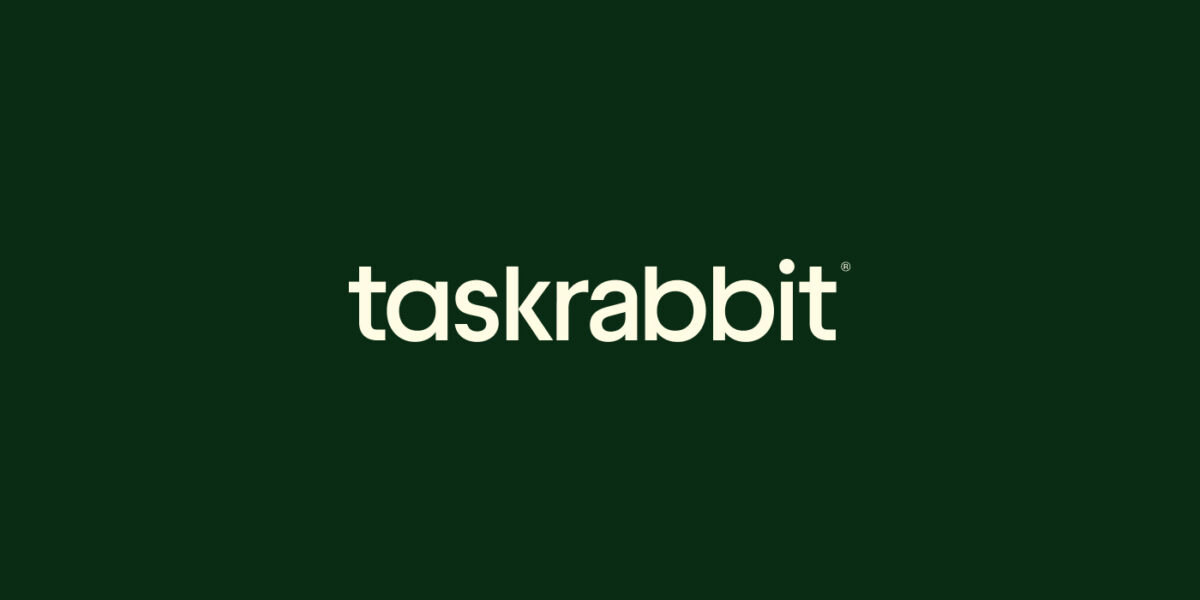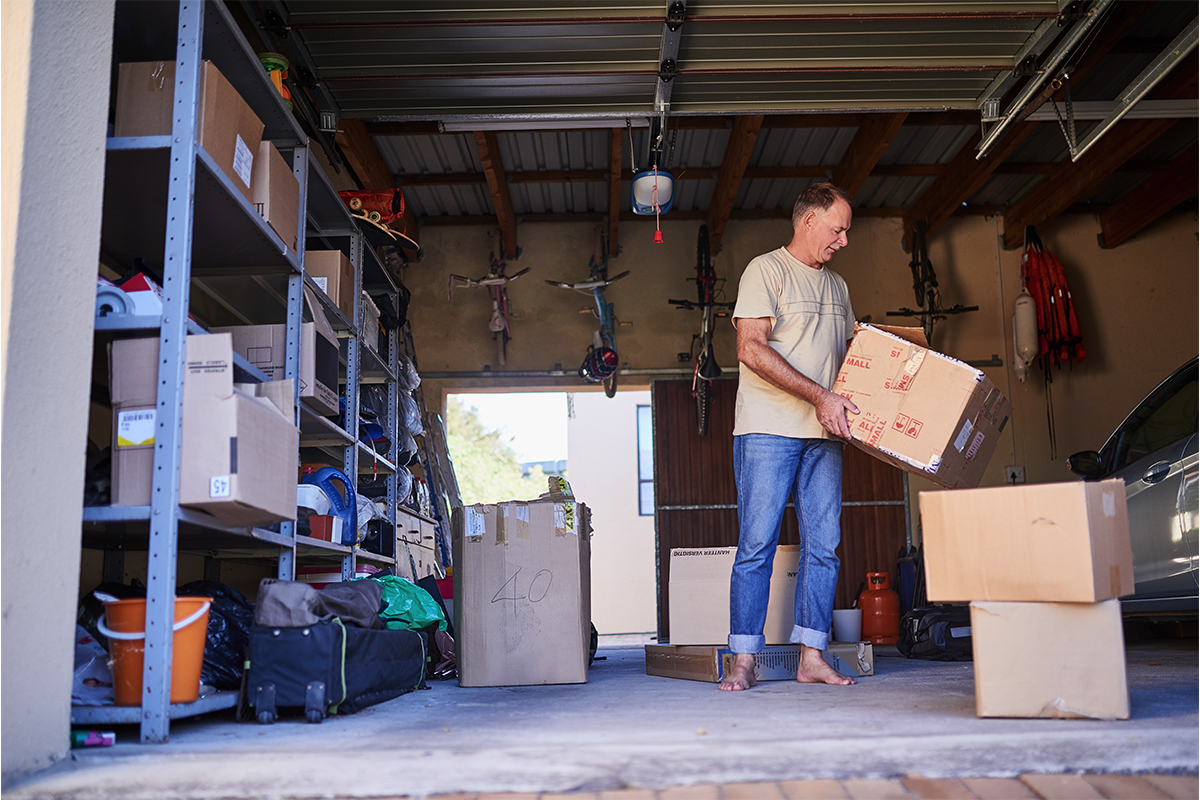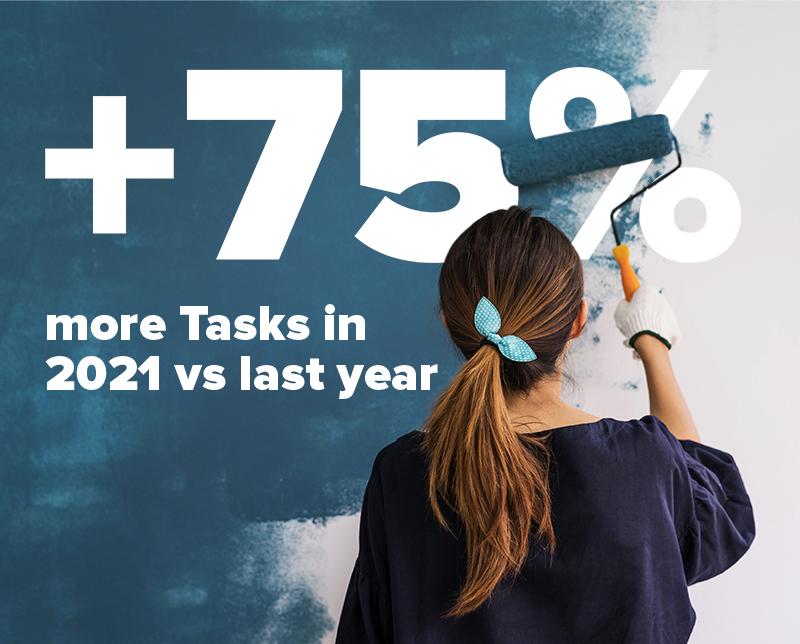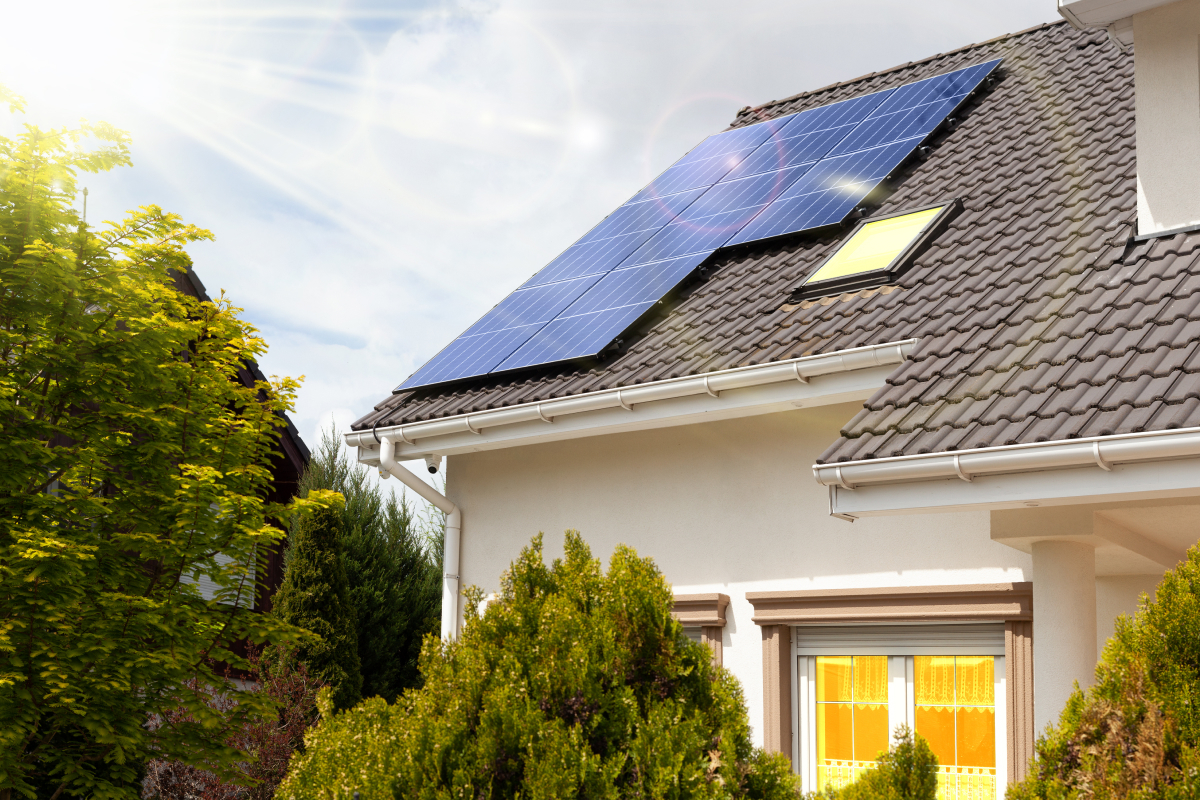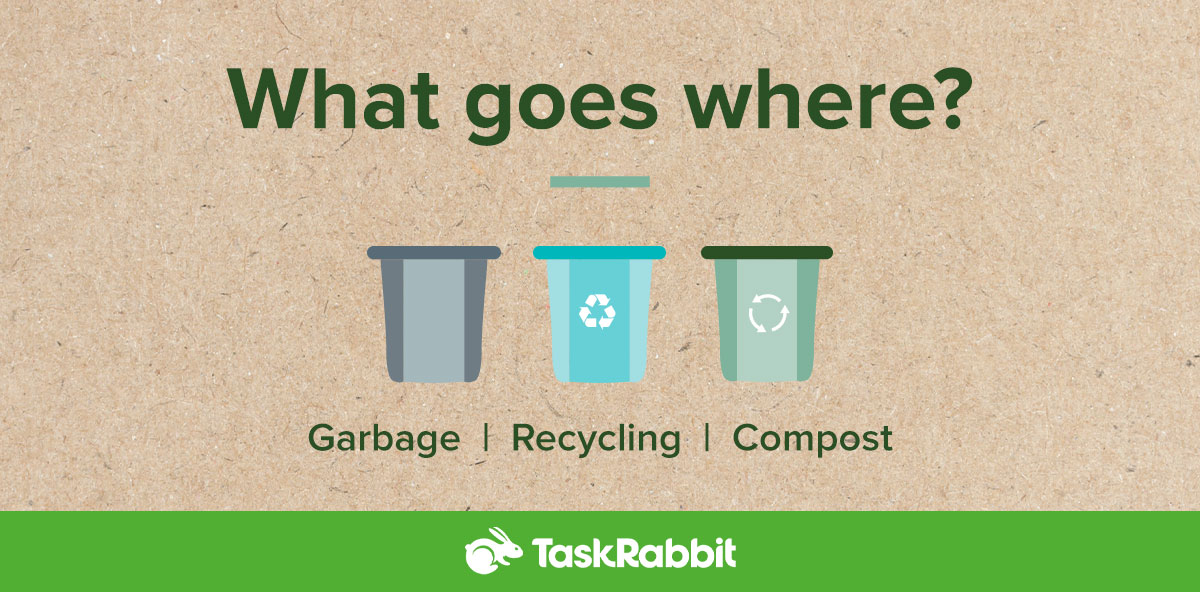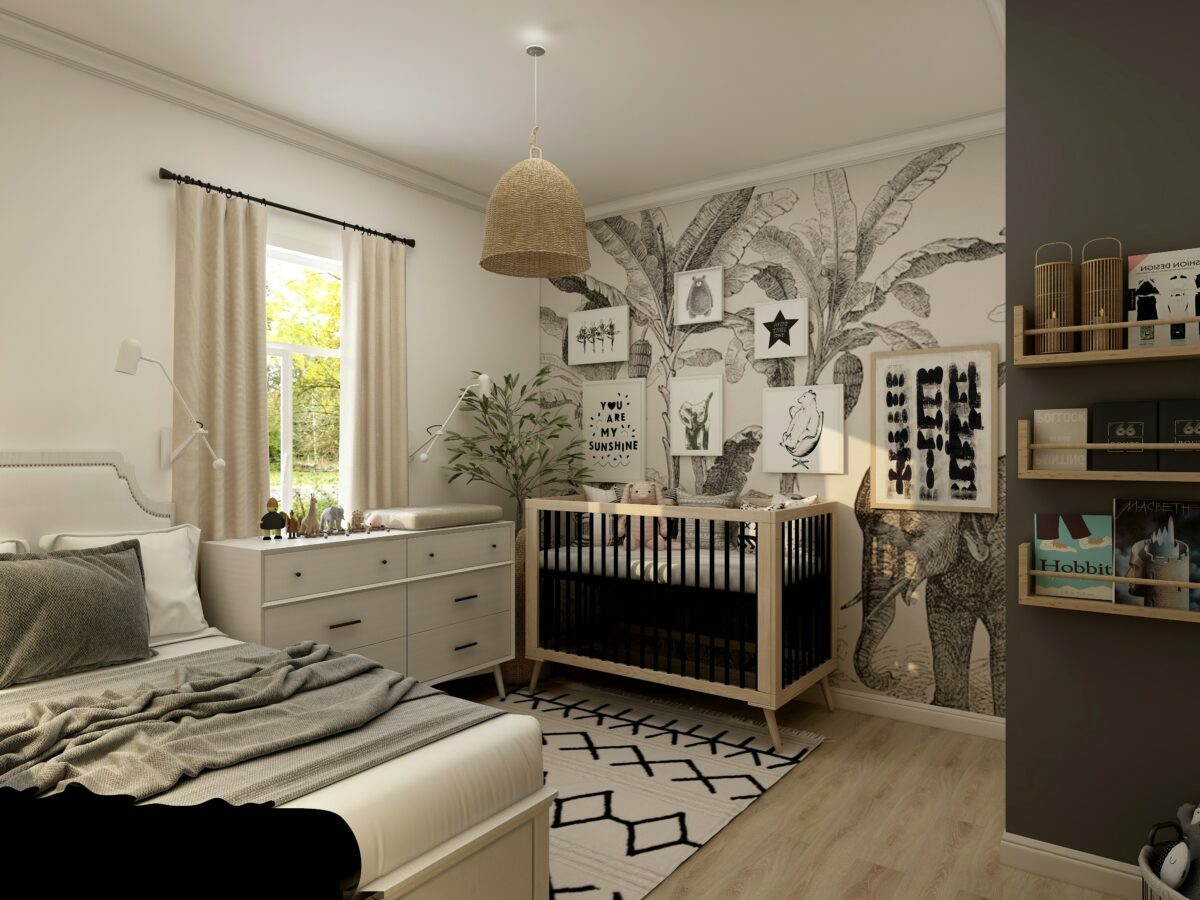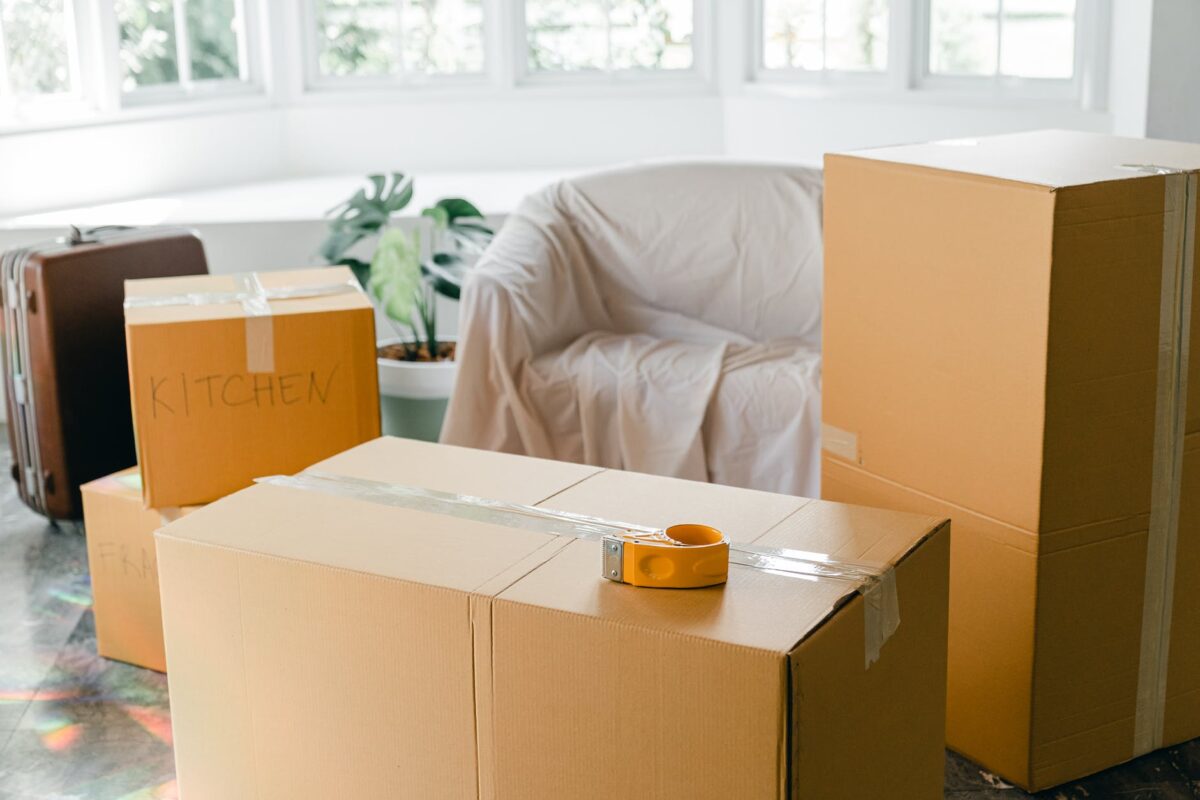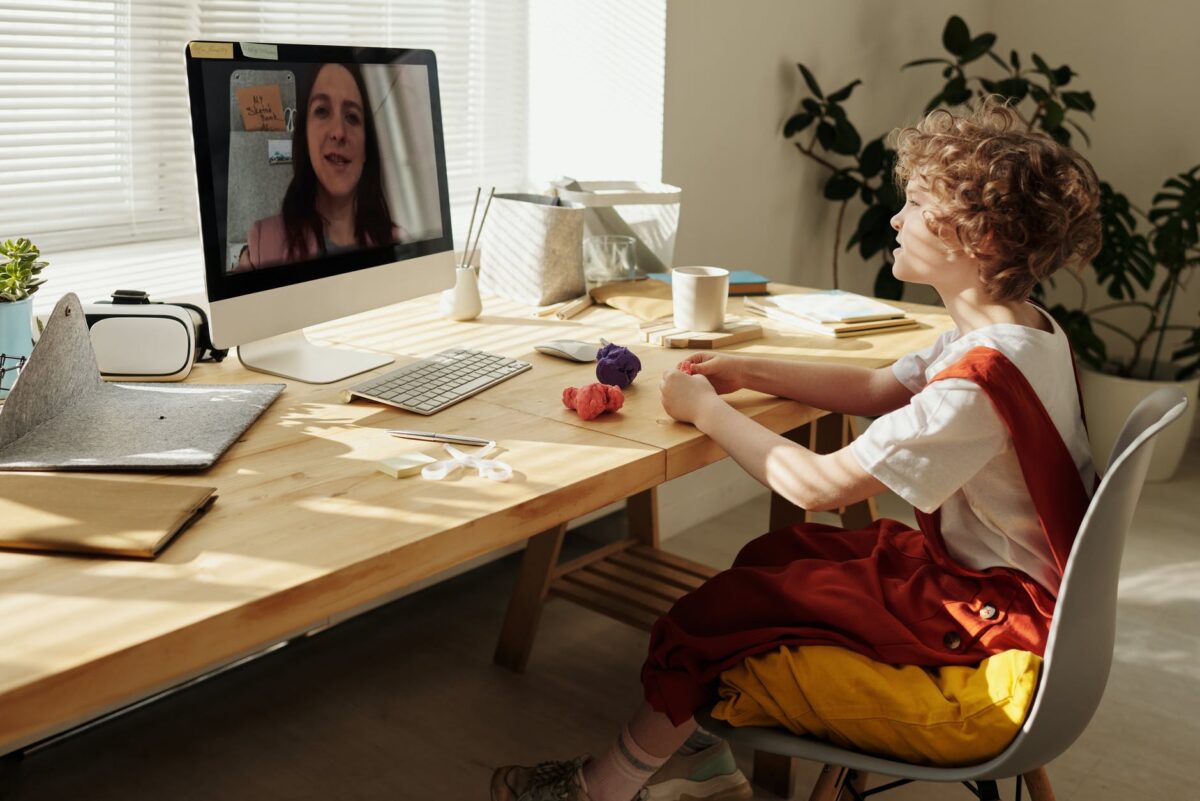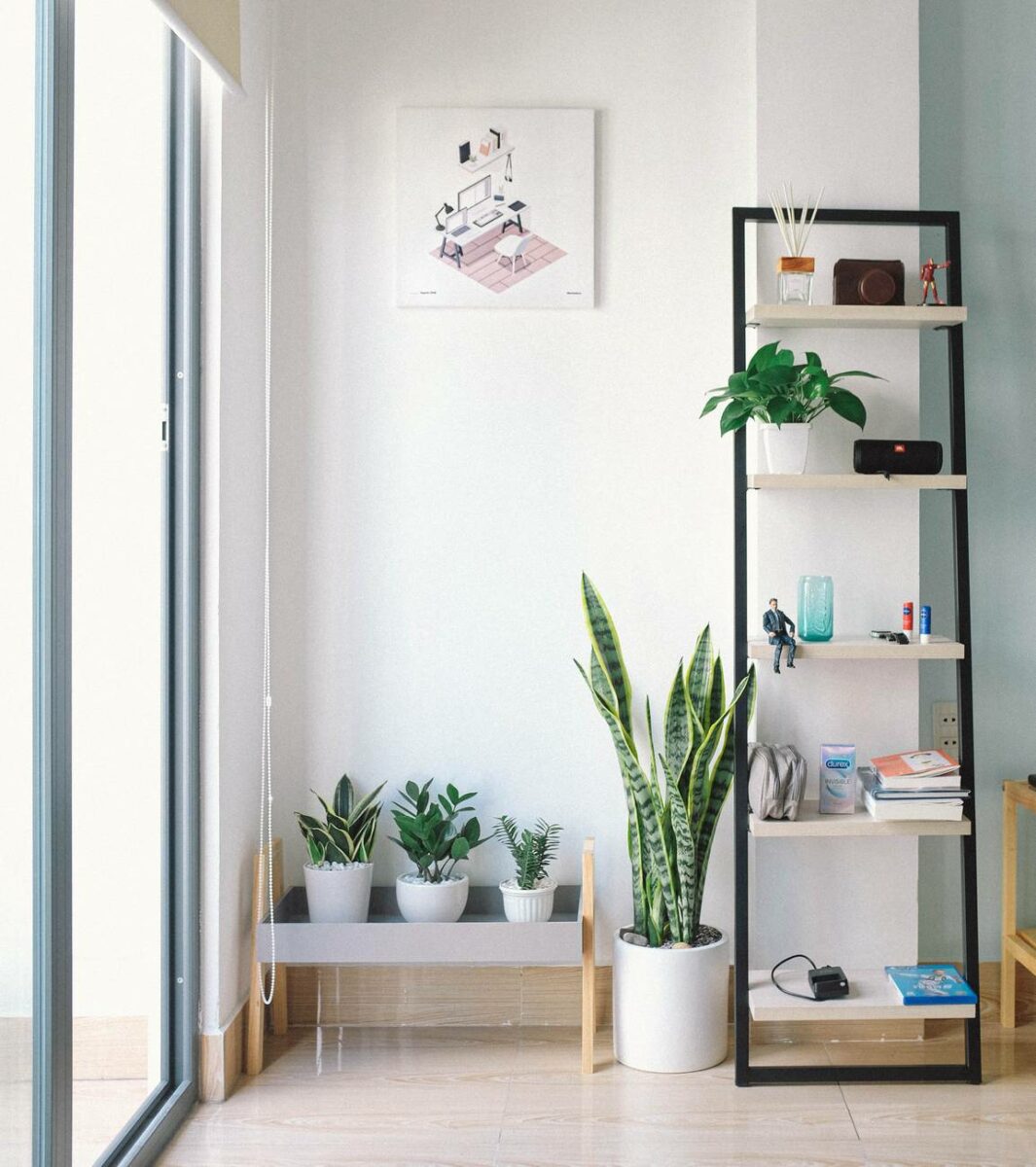Drywall is a reliable option when you’re navigating through the wonderful world of walls. With its affordability, ease of installation and maintenance, and its fire-resistant properties, it’s no wonder drywall has been a staple in homes for decades!
While drywall is a great option for any homeowner, there are tons of alternatives to drywall that you might want to explore. From traditional plaster to more earthy options, there are so many possibilities. In this article, we’re diving deep into the realm of wall materials—why settle for a one-size-fits-all when you can find a solution that suits your style, budget, and need? Ready? Let’s go.
1. Real Wood
When it comes to walls, nothing beats the real deal! Real wood panels are a welcome departure from the blandness of drywall, offering an aesthetic appeal that can be stained or painted to elevate your space. They’re also durable and strong, standing up to the wear and tear of daily life. Installation is easy, too—whether you’re using a Tasker or doing it yourself.
As a downside, real wood panels can be pricier than drywall, and require a bit more TLC. Plus, they may not be the best choice for moisture-prone areas, as they’re more susceptible to warping and damage. But, when it comes to adding a touch of timelessness to your space, real wood panels are the way to go.
2. Textured Wall Panels
Get ready to amp up your walls with the ultimate game-changer of interior design: 3D wall panels! Crafted from a mix of materials like PVC, gypsum, metal, wood, or MDF, these bring serious dimension to your space. From nature-inspired textures to funky geometric shapes, these are perfect for spicing up any space and making a statement.
While they’ll hide imperfections like a boss and add a whole new layer of style to your space, textured wall panels might set you back a bit more cash and require a little extra maintenance to keep them looking fresh.
3. Cork Wall
If you’re looking for an eco-friendly option, corkboard is where it’s at. While it’s not strong enough for all the walls in your home, it’s perfect when you want to add a pop of personality. Whether you use it to spruce up your work-from-home space with a funky accent wall or add it as a backdrop to your children’s artwork, corkboard is a fun and functional option. Not to mention that with its plywood or alternative backing, corkboard can easily be installed over drywall or other wall materials without breaking a sweat. And did we mention it’s naturally fire- and moisture-resistant?
4. Plywood
Made by layering thin sheets of wood together, plywood has a nice-looking grain and texture that adds a touch of warmth and character to your space. In addition to its looks, plywood is tougher than your average drywall, so it’s great for high-traffic areas and you can install it using nothing more than nails, screws, or a bit of wall adhesive.
There’s so much good, but plywood does have its downsides. Limited texture options mean you won’t get the same range of designs as other wood panel options, and you may see imperfections like grain irregularities. It’s also a bit sensitive to moisture, so be sure to seal it up tight to prevent warping and expansion. Lastly, it’s a little heavier than drywall, so make sure your surface can handle the extra weight before you start. All that said, if you’re looking for a wallet-friendly option to solid wood panels, plywood is your answer.
5. Stone Veneer
Wouldn’t it be nice if there was a budget-friendly, lighter, more convenient counterpart to real stone? Well, you’re in luck, because stone veneer is here to save the day. Stone veneer is crafted from synthetic materials, like foam, which makes it a dead ringer for authentic stone (minus the hefty price tag). While it doesn’t have the same durability as stone, it’s very low-maintenance and you can get it in tons of different styles and colors. This makes it easy to infuse your space with rustic charm. Hot tip: For moisture-prone areas, make sure you use a sealant so your stone veneer stays looking its best, no matter the humidity levels.
6. Faux Brick Panels
While natural brick is the hero of rustic and industrial spaces, it can be kind of a pain and super time-consuming to install. So, if you want a lighter weight and hassle-free alternative, faux brick is your best backup. These panels are a budget-friendly dream come true, available in tons of styles and colors. Plus, most faux brick is water-resistant, so you can rest easy knowing your walls can handle the elements. Just remember to double-check for that fire rating if safety’s your top priority.
7. Rammed Earth Panels
Go back to basics with rammed earth panels—walls, floors, and foundations made from compacted soil and gravel will take you back to ancient times. But don’t worry, they’ve gotten a much-needed modern makeover with the use of precast panels. Also, this material isn’t just nice to look at—it’s naturally insulating and strong, which makes it a top pick for an eco-friendly solution. Now, finding rammed earth panels can be a bit difficult, and installing them may be expensive. But, if you’re looking for a sustainable statement that takes you back to nature, let rammed earth panels be the star.
8. Exposed Concrete
Get your space ready to rock a modern and chic design with exposed concrete walls. Not only is it aesthetically beautiful, but it’s also tough as nails, offering up a durable and fire-resistant surface that’s ready to take on whatever life throws its way. While concrete is tough, it’s not invincible—once dried, it can get a little thirsty, leaving your walls vulnerable to moisture and mold. A concrete sealer is all you need to keep those problems at bay. Plus, concrete comes in all sorts of colors and finishes, making a statement no matter what vibe you’re going for.
9. Hemp Wall Panels
Hemp insulates, soundproofs, finishes like a dream, and is about as non-toxic as it gets, making hemp the hero when it comes to sustainable building materials. While it does offer a renewable alternative to traditional wood fiber, hemp won’t be the backbone of your structure. No worries though, because it sure can hold its own as a solid wall covering. Hemp may be a tad pricier than your run-of-the-mill options, but it’s worth it to make a planet-friendly statement.
10. Beadboard
We’d be remiss to overlook the timeless charm of beadboard. This wall covering is like a breath of fresh air, adding a touch of charm to any space—and the best part? No drywall or strapping is required! Now, when it comes to shopping for beadboard, thickness matters. If you’re aiming for that sturdy, direct-to-studs attachment, look for boards that are a quarter-inch thick or more. That way, you’ll have a solid foundation for your beadboard dreams to come true.
11. Shiplap
Shiplap is a trend that’s taken the interior design world by storm and we can see why: its simple groove cut (also known as a rabbet joint) allows the pieces to fit tightly together, creating a cozy classical look. You can use a variety of wood panels to achieve the shiplap look, and installing it is a breeze, which makes it a favorite choice for keeping rooms dry and toasty. But beware—where there’s shiplap, there’s dust lurking in the gaps, and it isn’t fit for every design aesthetic.
12. Cement Board
Have a moisture-prone area in your house? A cement board might be just the thing you need. This stuff laughs in the face of mold, mildew, and rot, making it the perfect sidekick for any bathroom or kitchen. Now, let’s talk muscle—cement board may be tough, but it’s not exactly lightweight. That’s why it’s best tackled as a two-person job. Whether you’re laying the groundwork for tiling or going for a more natural look, cement board has got you covered.
13. Corrugated Metal
Corrugated metal isn’t just for roofs anymore, it’s actually the secret to making your walls and ceilings industrial chic. Chock full of options—it’s available in sheets and panels made of steel, aluminum, and copper—corrugated metal is a rockstar material that comes in tons of finishes and wave styles so you can mix and match them to create your intended look. The best part? You can install them vertically for more of a sleek vibe or lay them horizontally for a more laid-back feel. No matter what you choose, you can’t go wrong.
14. Natural Mud Finish
If you’re big on earth tones, then naturally finished walls may be the choice for you. We won’t lie, it takes a lot of work to make it happen—whether it’s wooden slats, plywood, or something else sturdy, you’ll need a strong base to hold up the mud so it doesn’t sag while it dries. So, if you’re into the tedious, but oh-so-worth-it process that results in a beautiful nature-inspired haven right in your home, it’s time to put a trusty Tasker to work.
Need Help with Drywall?
As you can see, there are tons of options when it comes to finding alternatives for drywall. But sometimes, you want to stick to the basics and we get that—which is why Taskrabbit is the perfect solution for all of your drywall needs. If you need affordable, hassle-free help, look no further than Taskrabbit’s drywall repair services.
